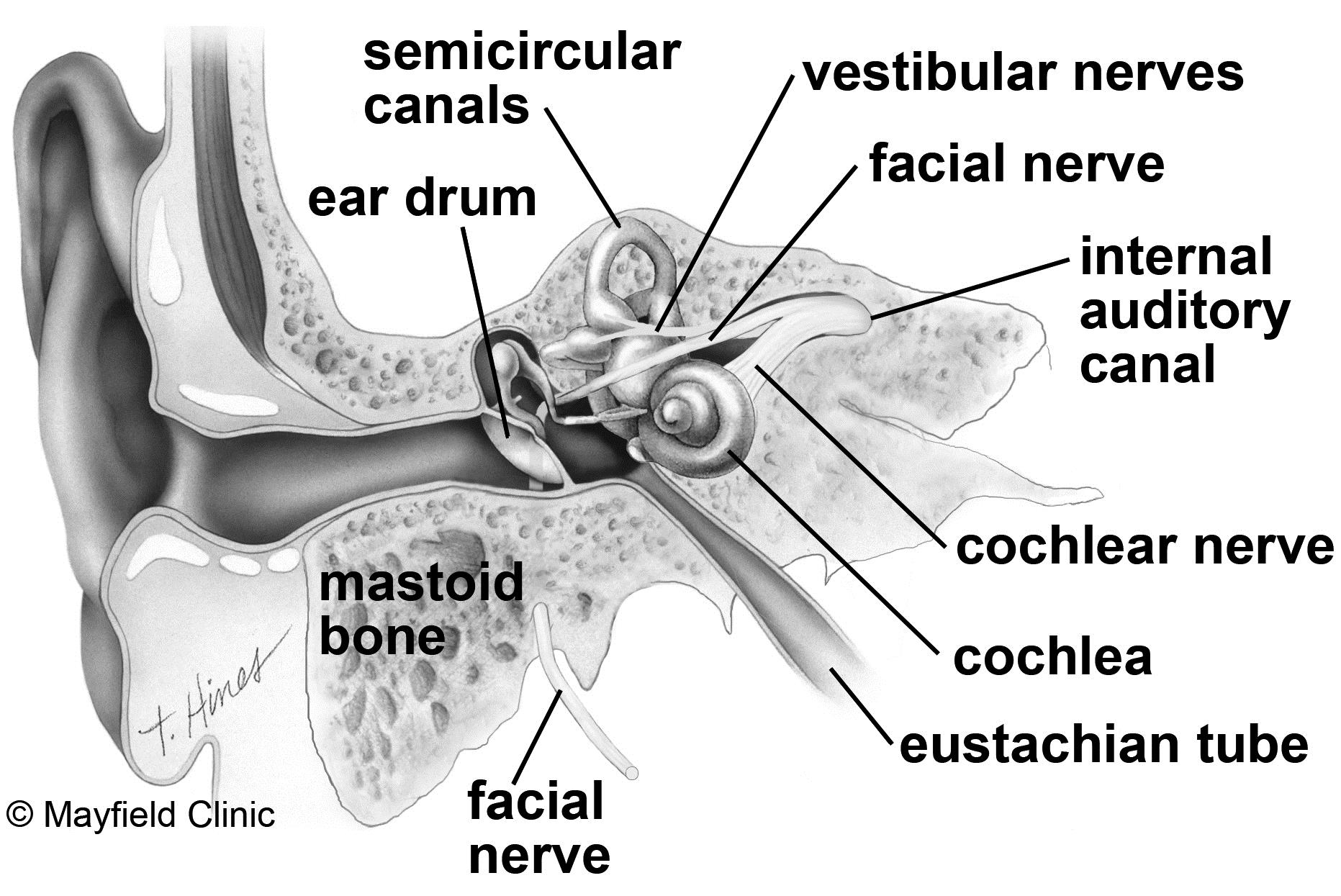


In adults, the first step will be an interview with the doctor (or ENT specialist), based above all on essential information about the patient’s deafness: whether it has affected both ears or only one of them, whether the condition is severe or moderate, how long the condition has been experienced, whether there are other symptoms, whether there is earache. The diagnosis of deafness, especially in newborns, must be as early as possible, as it is precisely in newborns that deafness can affect the child’s future development. Temporary hearing loss, on the other hand, can be linked to allergies, infections, excessive production of earwax, head injuries. Other causes may be genetic or congenital (i.e., already present at birth), they may be of infectious origin (meningitis, measles, scarlet fever, otitis), of traumatic origin (perforation of the eardrum, skull fracture, barotrauma, acoustic trauma in general) or more simply linked to age or the type of work one does (the use of very noisy equipment, such as pneumatic hammers, for example, can cause deafness in the long run). The most frequent cause of hearing loss in children is ear infections it is possible, with appropriate treatment, to restore optimal hearing), nerve loss is a permanent condition. While conduction loss is often reversible (i.e. nerve loss, due to a lack of or reduced function of the auditory nerve due to some injury.conduction loss, due to ‘mechanical’ (sound conduction) problems: it is usually the case that the three ear ossicles (stirrup, anvil and hammer) are no longer able to send sounds to the cochlea, or that the tympanic membrane does not vibrate properly.

There are many causes that can lead to deafness and these can easily be grouped into two major categories It is the final stage of many pathologies affecting the ear, so rather than therapy, it would be fair to speak of prevention towards the disorders that can cause this state. It can affect both adults and children and can be congenital or the consequence of diseases affecting the ear What does deafness consist ofĭeafness is the total or partial loss of hearing in one or both ears. In this article, we will discuss our approach to assessment of the IAC in patients with retrocochlear SNHL or vestibular symptoms of central origin, review the pathological processes involving the IAC walls or arising within the canal, emphasizing the appropriate MRI sequences used for diagnosis.Deafness is the total or partial loss of hearing and can be caused by a variety of factors. Auditory brain stem response has been widely used as a screening procedure, but this test fails to recognize small lesions and cannot be used whenever hearing loss is severe. Unfortunately, the high cost of MR has been a limiting factor in its use as a screening test for patients with sensorineural hearing loss (SNHL) of unknown origin. The possibility of demonstrating masses as small as 2 mm has propelled MRI into the leading role for diagnosis of vestibular schwannoma.

Pathological processes arising within the IAC are well visualized by various MR sequences. MRI provides excellent assessment of the IAC and the bony changes occurring in the canal walls, and it provides excellent demonstration of the content of the canal. Magnetic resonance imaging (MRI) is presently the study of choice for assessment of the internal auditory canal (IAC).


 0 kommentar(er)
0 kommentar(er)
